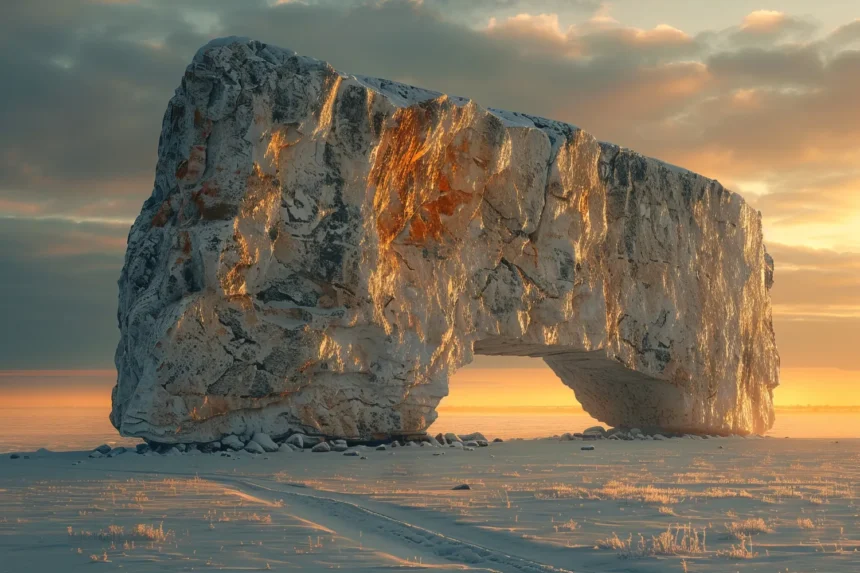Introduction
Monolithic rocks stand as natural monuments sculpted by geological processes over millions of years. These single massive stones, untouched by joints or cracks, intrigue geologists, historians, and travelers alike. From sacred cultural icons to geological wonders, monolithic formations inspire fascination worldwide. They reveal Earth’s dynamic forces and humanity’s profound historical connections. As we journey together through the planet’s most remarkable monolithic rocks, we explore their geological backgrounds, historical importance, and cultural resonance, discovering what makes these famous rocks genuinely extraordinary.
Read also: 10 Landmarks That Should Be Considered Wonders of the World
What Are Monolithic Rocks?
Monolithic rocks, often referred to as monoliths, are enormous stones consisting of a single, solid mass of rock. Unlike typical rock formations, monolithic formations have minimal joints or seams, showcasing nature’s uninterrupted craftsmanship. Formed through volcanic activity, erosion, sedimentation, or uplift processes, these geological wonders often dominate landscapes, drawing attention due to their immense scale and distinctive appearances.
Read also: 5 Geothermal Wonders Around the World You Need to See
The 6 Great Monolithic Rocks of the World
1. Uluru (Ayers Rock), Australia
Uluru, Australia’s iconic sandstone monolith, rises dramatically 1,142 feet above the surrounding plains. Known for its shifting colors at sunrise and sunset, Uluru holds profound spiritual significance for the local Anangu Aboriginal community. UNESCO recognized this geological wonder as a World Heritage Site, further emphasizing its cultural and natural importance.
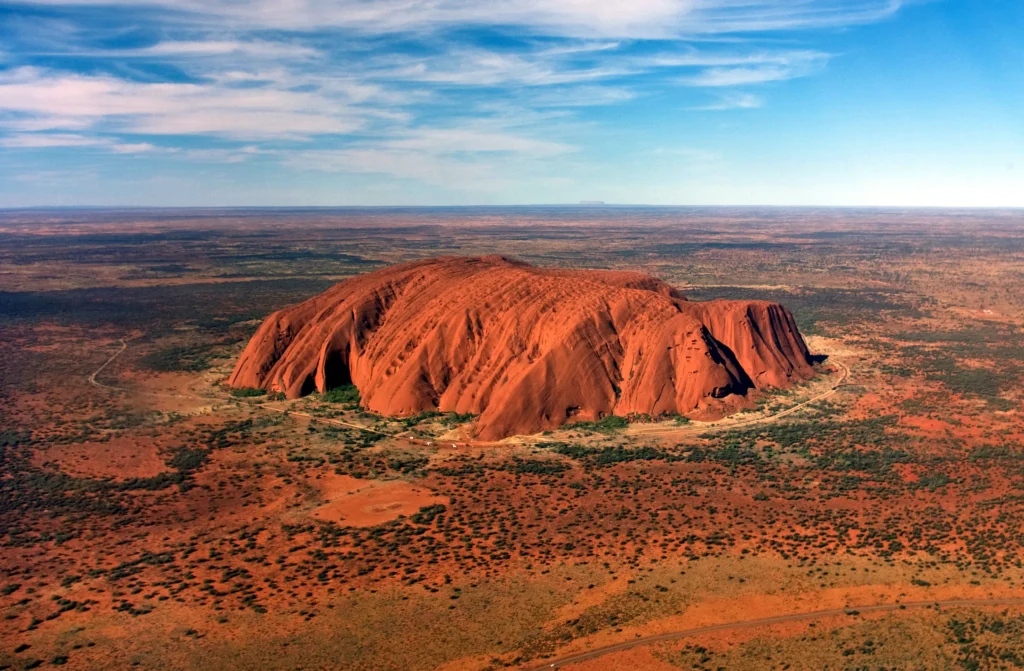
Historical & Cultural Significance: Uluru is deeply spiritual to the Anangu, featuring prominently in their creation stories and cultural traditions. It symbolizes ancestral beings and has become an essential part of Australian national identity.
Facts & Features:
- Height: 1,142 feet (348 meters)
- Circumference: Approximately 5.8 miles (9.4 km)
- Sacred to indigenous Australians
Read also: 5 Mind-Blowing Reasons Why Asking “Is Australia an Island?”
2. Mount Monadnock, United States
Mount Monadnock in New Hampshire is celebrated as one of the world’s most climbed mountains. This quartzite monolith stands at 3,165 feet, providing breathtaking views and well-maintained trails, attracting hikers nationwide. Its ecological and geological significance contributes to its protected status.
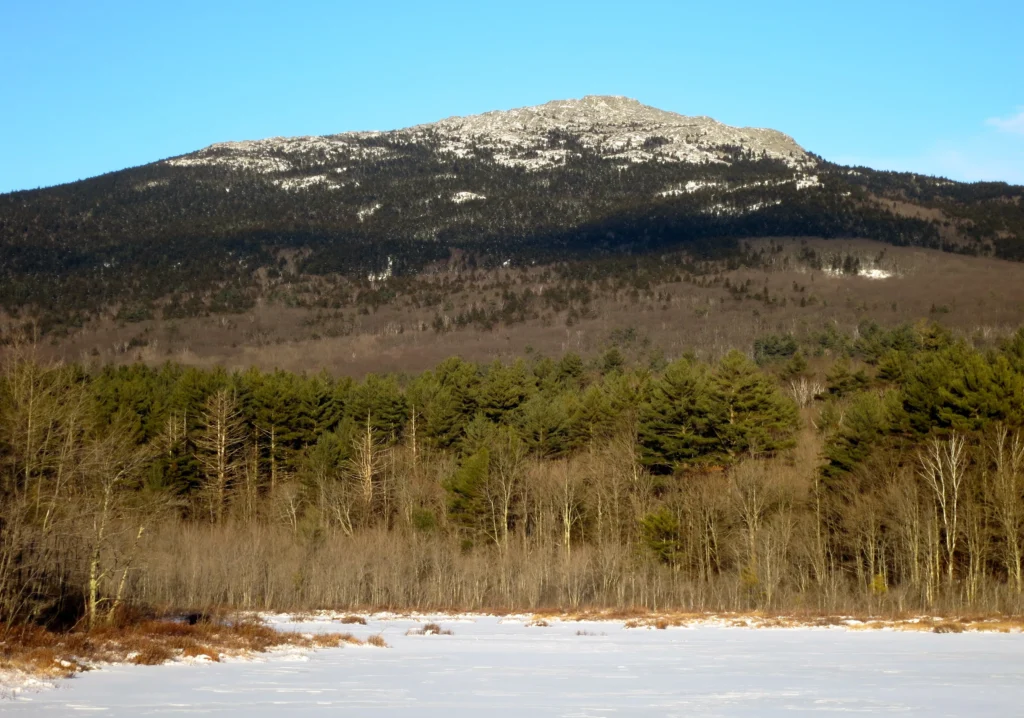
Historical & Cultural Significance: Mount Monadnock inspired numerous artists and writers, including Ralph Waldo Emerson and Henry David Thoreau, becoming a symbol of the transcendentalist movement and environmental appreciation.
Facts & Features:
- Height: 3,165 feet (965 meters)
- Popular hiking destination
- Ecological preservation site
Read also: Storms in the Winters of the USA: Monumental Challenges of Winter’s Might
3. The Rock of Gibraltar, Spain
The Rock of Gibraltar dramatically overlooks the Mediterranean, rising 1,398 feet above sea level. Historically strategic, Gibraltar’s limestone cliffs hold extensive military tunnels and fortifications. Its famous Barbary macaques draw thousands of tourists yearly, adding to its allure.
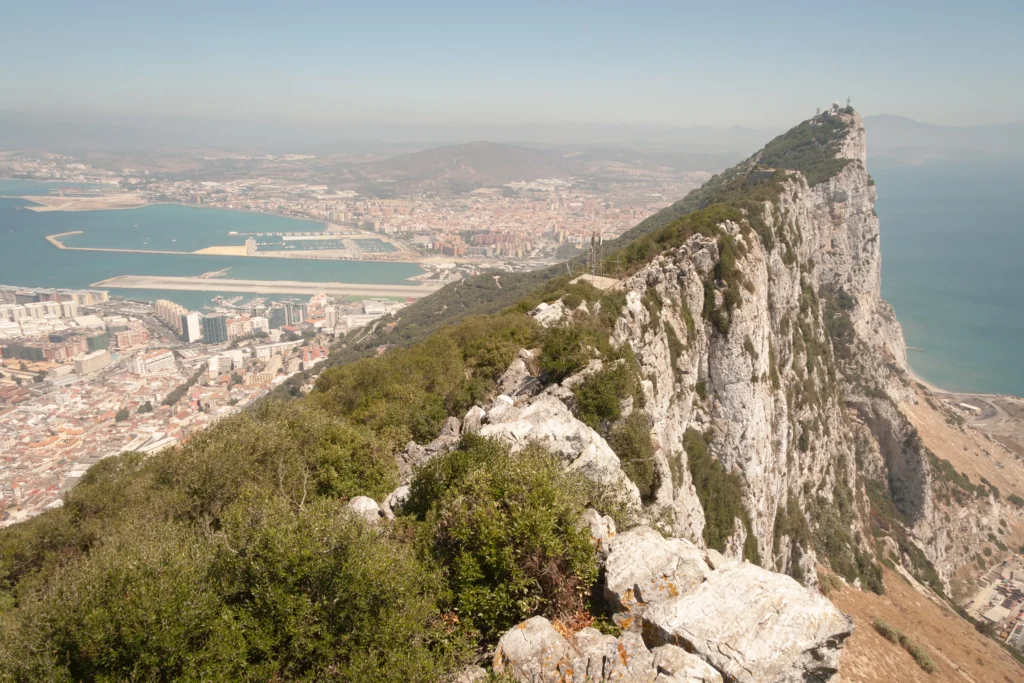
Historical & Cultural Significance: Gibraltar served as a vital military stronghold controlling the entrance to the Mediterranean Sea, influencing European history. Its cultural heritage blends British and Mediterranean influences uniquely.
Facts & Features:
- Height: 1,398 feet (426 meters)
- Home to the only wild monkey population in Europe
- Historically strategic military location
Read also: Top 10 Most Popular Cities In The World To Visit In 2025
4. Sigiriya, Sri Lanka
Sigiriya, or Lion’s Rock, rises 660 feet above Sri Lanka’s dense jungle. This granite monolith served as an ancient royal citadel in the 5th century. UNESCO lists Sigiriya among the world’s heritage sites, praising its architectural ingenuity, stunning frescoes, and advanced ancient irrigation systems.
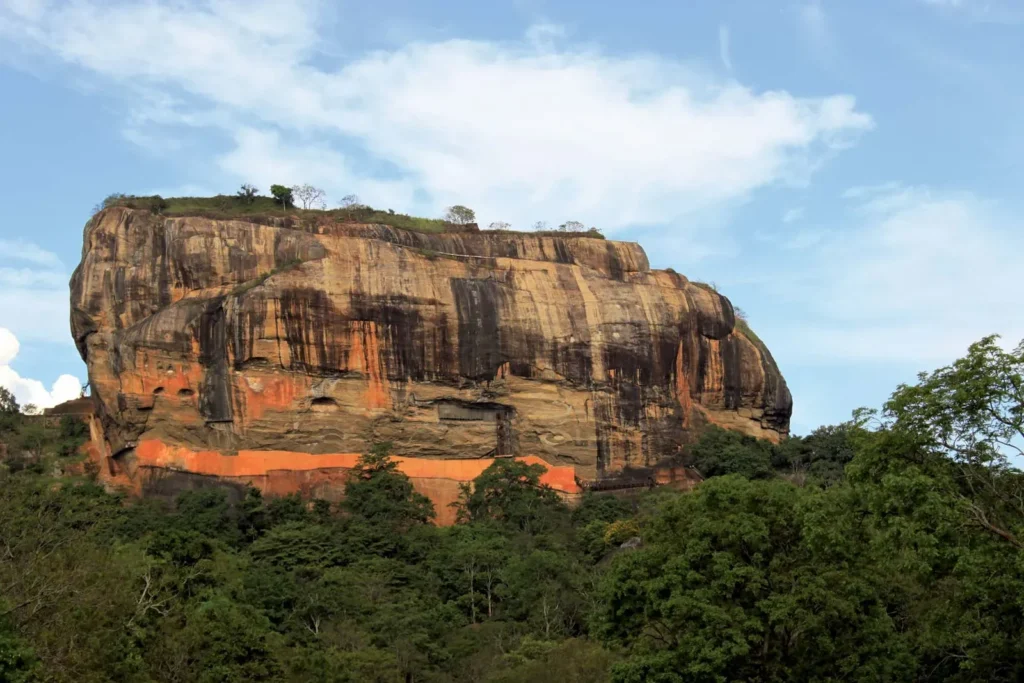
Historical & Cultural Significance: Sigiriya represents ancient Sri Lankan architecture and urban planning. It was built by King Kasyapa and symbolizes power, innovation, and cultural sophistication from Sri Lanka’s past.
Facts & Features:
- Height: 660 feet (200 meters)
- Ancient fortress dating to the 5th century
- UNESCO World Heritage Site
Read also: Facts About Igneous Rocks: 7 Interesting Things About the fiery blocks
5. El Capitan, United States
El Capitan, Yosemite National Park’s majestic granite cliff, soars approximately 3,000 feet above the valley floor. Renowned globally among climbers, this monolithic formation has witnessed numerous record-breaking climbs. El Capitan represents nature’s raw power and challenges human endurance.
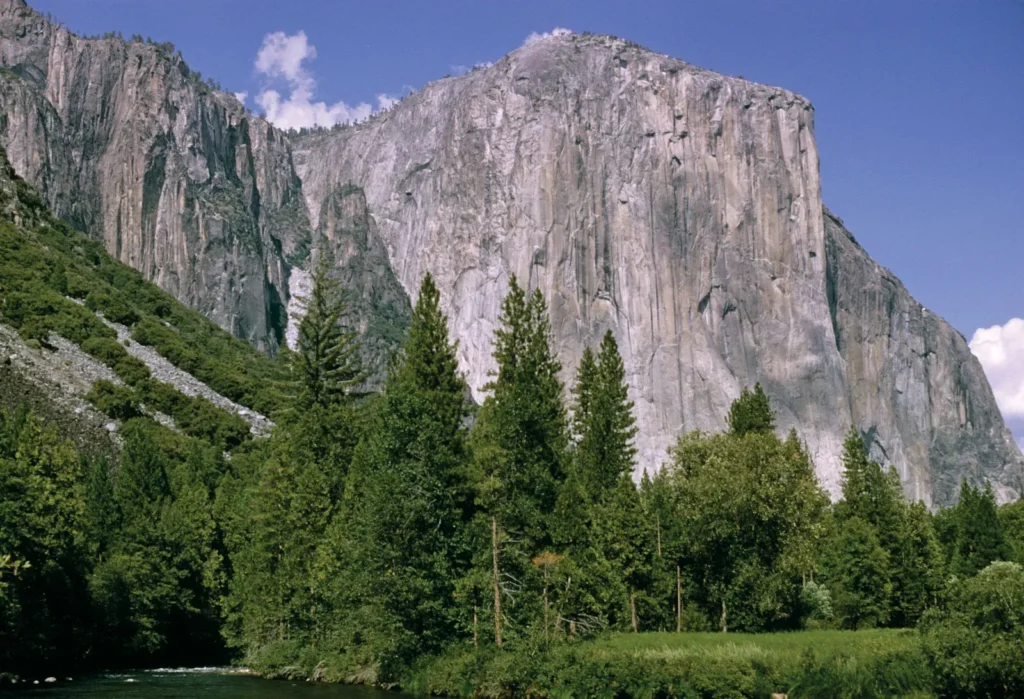
Historical & Cultural Significance: El Capitan symbolizes human perseverance and exploration, attracting climbers worldwide. It played a central role in rock climbing history, featuring prominently in documentaries and popular culture.
Facts & Features:
- Height: Approximately 3,000 feet (914 meters)
- Famous rock climbing destination
- Located in Yosemite National Park
Read also: Top 20 Most Beautiful National Forests of America: Where Nature’s Wonders Come Alive
6. Pedra da Gávea, Brazil
Pedra da Gávea towers above Rio de Janeiro’s coastline at an elevation of 2,769 feet. This granite monolith fascinates due to carvings resembling human features, leading to various theories and myths. Hikers find trails challenging but rewarding, making it a sought-after adventure spot.
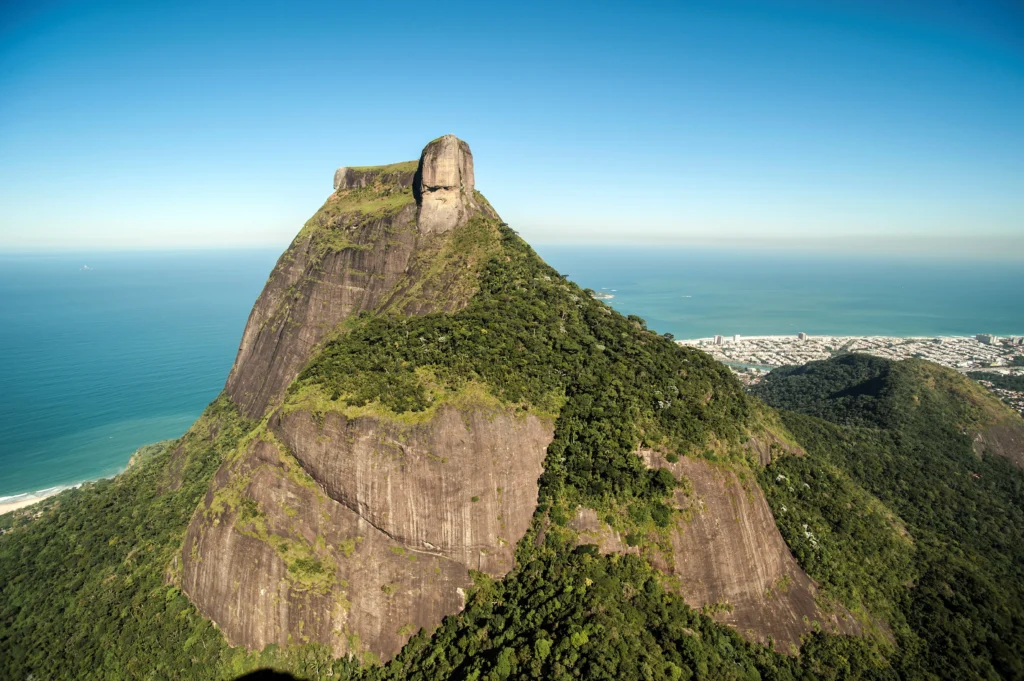
Historical & Cultural Significance: Pedra da Gávea’s mysterious carvings inspired legends and myths, connecting the site deeply with Brazilian folklore and cultural curiosity, reinforcing its status as a national landmark.
Facts & Features:
- Height: 2,769 feet (844 meters)
- Famous for its anthropomorphic carvings
- Popular hiking and climbing destination
Read also: Unmask the 10 Most Dangerous Tribal Communities in the World
Importance of Monolithic Rocks
- Monolithic rocks symbolize geological heritage, cultural depth, and biodiversity.
- They provide insights into Earth’s geological past, helping scientists understand planetary changes.
- Many monoliths carry significant spiritual meanings, connecting generations of indigenous cultures.
- Tourism also thrives around these monolithic formations, promoting local economies while emphasizing the importance of environmental conservation.
Key Takeaways
- Monolithic rocks represent geological and cultural heritage.
- Each monolithic formation has unique geological origins.
- Conservation efforts are vital to preserve these famous rocks.
Conclusion
Exploring these six great monolithic rocks reveals more than majestic landscapes—it uncovers Earth’s geological artistry and the deep cultural bonds humans hold with these natural structures. Monolithic formations teach us to appreciate nature’s power, urging responsible tourism and environmental preservation. By safeguarding these famous rocks, we ensure future generations can also marvel at their timeless beauty and significance.
FAQs
1. What exactly defines monolithic rocks?
Monolithic rocks are single, massive stones without significant joints or seams formed by geological processes.
2. Are monolithic rocks always granite or sandstone?
No, they can be composed of granite, sandstone, limestone, quartzite, or other rock types.
3. Can monolithic rocks erode completely?
Yes, but erosion typically takes millions of years, depending on environmental conditions.
4. Why is Uluru culturally important?
Uluru is sacred to Australia’s indigenous Anangu community, symbolizing spiritual beliefs and traditions.
5. How safe is it to climb El Capitan?
El Capitan climbing demands significant skill, experience, and preparation due to its sheer vertical cliffs.

